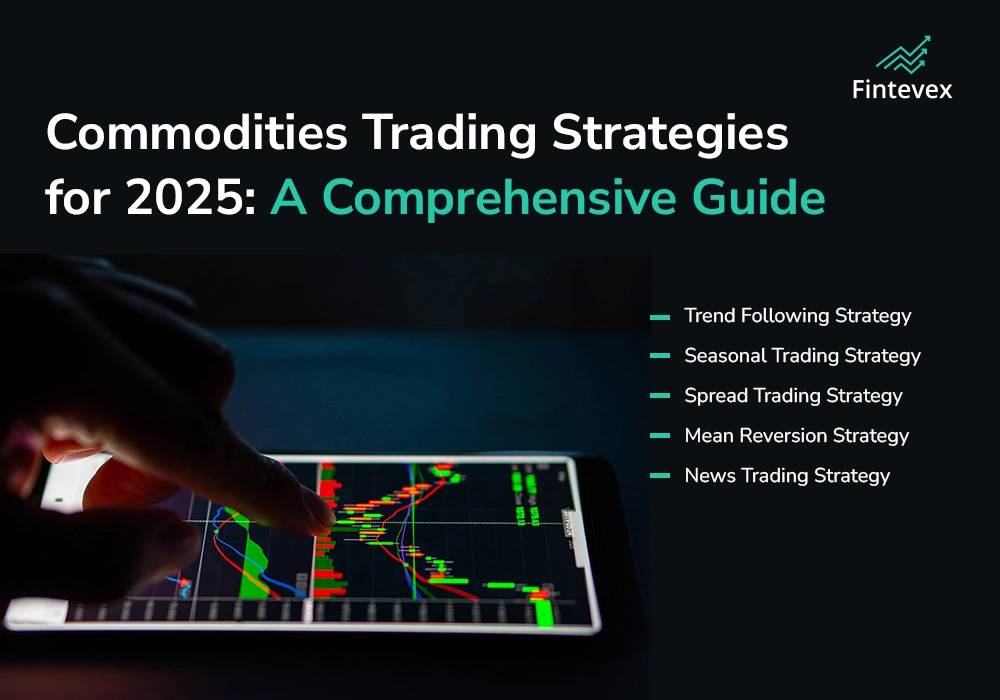The rise of cryptocurrencies has revolutionized the financial markets, offering traders a new and exciting way to generate profits. From Bitcoin to Ethereum, and countless altcoins in between, cryptocurrency trading has gained immense popularity in recent years. However, navigating the crypto market requires more than just understanding the basics; it demands well-thought-out strategies, adaptability, and a keen sense of market timing.
As we approach 2025, the landscape of cryptocurrency trading continues to evolve. This article will cover effective cryptocurrency trading strategies for 2025, focusing on how to approach this volatile market, maximize returns, and minimize risk.

What Makes Cryptocurrency Trading Different?
Unlike traditional markets, cryptocurrency markets operate 24/7, which means they never close. While this offers traders more opportunities to trade, it also increases market volatility, as the market can swing dramatically due to a variety of factors including news, regulatory changes, or even social media influence.
Moreover, cryptocurrencies are typically more volatile than stocks, meaning there can be significant price movements in short periods. This volatility creates both risks and opportunities for traders, making the use of effective strategies even more critical.
Key Factors That Influence Cryptocurrency Prices:
Before diving into the strategies, it’s important to understand the key factors that influence cryptocurrency prices:
- Supply and Demand: The value of cryptocurrencies, much like traditional assets, is heavily influenced by the basic economic principle of supply and demand. When more people want to buy a cryptocurrency, its price rises. Conversely, when demand drops, prices fall.
- Market Sentiment: Public sentiment—often driven by news, social media, or influential figures—can have a significant impact on cryptocurrency prices. Positive news or endorsements can lead to rapid price increases, while negative news or government regulation can lead to steep declines.
- Technological Developments: Innovations, such as improvements to blockchain technology, or the launch of new features and updates to cryptocurrencies, can increase the perceived value of a coin or token.
- Regulation: Governments and regulators around the world are constantly scrutinizing the cryptocurrency market. Regulatory news, such as proposed restrictions, bans, or new regulations, can cause significant price movements.
- Market Liquidity: Cryptocurrencies with lower liquidity are typically more volatile than those with higher liquidity, like Bitcoin or Ethereum. Traders should be mindful of liquidity when making trades to avoid slippage and potential losses.
Popular Cryptocurrency Trading Strategies for 2025
Here are some of the most effective cryptocurrency trading strategies to consider for 2025:
- Day Trading
Day trading is one of the most common strategies in cryptocurrency trading. It involves buying and selling cryptocurrencies within the same trading day to capitalize on short-term price fluctuations. Day traders rely heavily on technical analysis, using charts, patterns, and indicators to predict price movements.
- Pros:
- Potential for quick profits in short timeframes
- Ability to take advantage of market volatility
- Cons:
- Requires constant monitoring of the market
- Can be stressful and time-consuming
To succeed in day trading, you must be disciplined and stick to your strategy. Many day traders use indicators like Moving Averages (MA), Relative Strength Index (RSI), and Bollinger Bands to help make decisions.
- Swing Trading
Swing trading is a medium-term strategy that involves holding positions for several days or weeks, aiming to profit from price “swings” or trends. Swing traders use both technical analysis and fundamental analysis to make trading decisions.
- Pros:
- Requires less time commitment than day trading
- Can take advantage of both upward and downward market movements
- Cons:
- Can be affected by major market news or sudden volatility
- Requires a good understanding of chart patterns and trends
Popular swing trading strategies include identifying support and resistance levels, trend reversal patterns, and Fibonacci retracement levels. Swing traders often use tools like the MACD (Moving Average Convergence Divergence) and RSI to spot potential buying or selling signals.
- HODLing (Long-Term Holding)
HODLing (a misspelling of “holding”) is a strategy where traders buy cryptocurrencies and hold them for an extended period, typically years, in anticipation of long-term growth. This strategy is best suited for those who believe in the future of a particular cryptocurrency, such as Bitcoin or Ethereum.
- Pros:
- No need for constant monitoring of the market
- Potential for high returns in the long run
- Cons:
- Exposed to significant short-term volatility
- Requires patience and belief in the cryptocurrency’s long-term value
HODLing is often associated with Bitcoin and other well-established cryptocurrencies. It’s a low-maintenance strategy, but it requires the belief that the market will grow over time despite inevitable price fluctuations.
- Scalping
Scalping involves making a large number of small trades throughout the day to capitalize on small price movements. The goal is to accumulate profits by trading quickly and frequently. Scalpers typically use very short time frames, like 1-minute or 5-minute charts, and rely on high liquidity to execute trades swiftly.
- Pros:
- Potential for high-volume profits
- Less exposure to overnight risks
- Cons:
- Very time-consuming
- High transaction fees can eat into profits
Scalping requires precise execution and a solid understanding of technical analysis. It’s an ideal strategy for traders who can dedicate significant time and attention to the market.
- Arbitrage Trading
Arbitrage trading involves exploiting price differences of the same cryptocurrency on different exchanges. For example, if Bitcoin is trading for $40,000 on Exchange A and $40,100 on Exchange B, a trader can buy on Exchange A and sell on Exchange B for a profit.
- Pros:
- Low-risk strategy (assuming there are no delays)
- Takes advantage of price inefficiencies in the market
- Cons:
- Requires quick execution
- Small profits per trade, requiring large volumes
Arbitrage opportunities are often brief and may require automated trading systems or bots to execute trades quickly and efficiently. This strategy works best when liquidity is high and transaction fees are low.
- Automated Trading (Crypto Bots)
As cryptocurrency markets are open 24/7, automated trading has gained popularity. Crypto bots are algorithms designed to execute trades automatically based on pre-set parameters. Bots can trade based on technical indicators, market trends, or even news sentiment.
- Pros:
- Can trade continuously without human intervention
- Removes emotional trading
- Cons:
- Requires technical setup and monitoring
- Potential for losses if the bot’s strategy is flawed
Automated trading is particularly useful for those who cannot monitor the market all day but still want to take advantage of trading opportunities. Many crypto exchanges offer bot services or integrate with third-party bot providers.

Tips for Successful Crypto Trading in 2025:
- Stay Updated on Market Trends: Given the volatility of cryptocurrency markets, staying up to date on news, developments, and technological changes is crucial. Follow crypto-related media outlets, influencers, and reports to keep your trading strategies aligned with current market conditions.
- Risk Management: Use stop-loss orders, diversify your portfolio, and avoid risking more than a small percentage of your capital on each trade. Crypto markets can be highly unpredictable, so protecting your investment is key.
- Don’t FOMO (Fear of Missing Out): In a volatile market like crypto, it’s easy to get caught up in the hype. Stick to your strategy and avoid emotional decisions based on short-term market movements.
- Research Before Trading: Understand the technology behind the cryptocurrencies you’re trading. Research project fundamentals, community activity, and regulatory news before entering trades.
- Start Small: If you’re new to cryptocurrency trading, start with a small investment and increase your exposure gradually as you gain experience and confidence.
Conclusion:
The cryptocurrency market continues to offer exciting opportunities for traders in 2025. Whether you choose day trading, swing trading, or long-term holding, understanding the strategies that work best for you is crucial to success. Given the volatility of the market, having a solid plan, employing risk management techniques, and staying informed are all essential components of becoming a successful crypto trader.
As the crypto space evolves, the key to long-term success is adaptability. Continuously refine your strategies, learn from your mistakes, and stay ahead of market trends to maximize your profits in the fast-paced world of cryptocurrency trading.

















